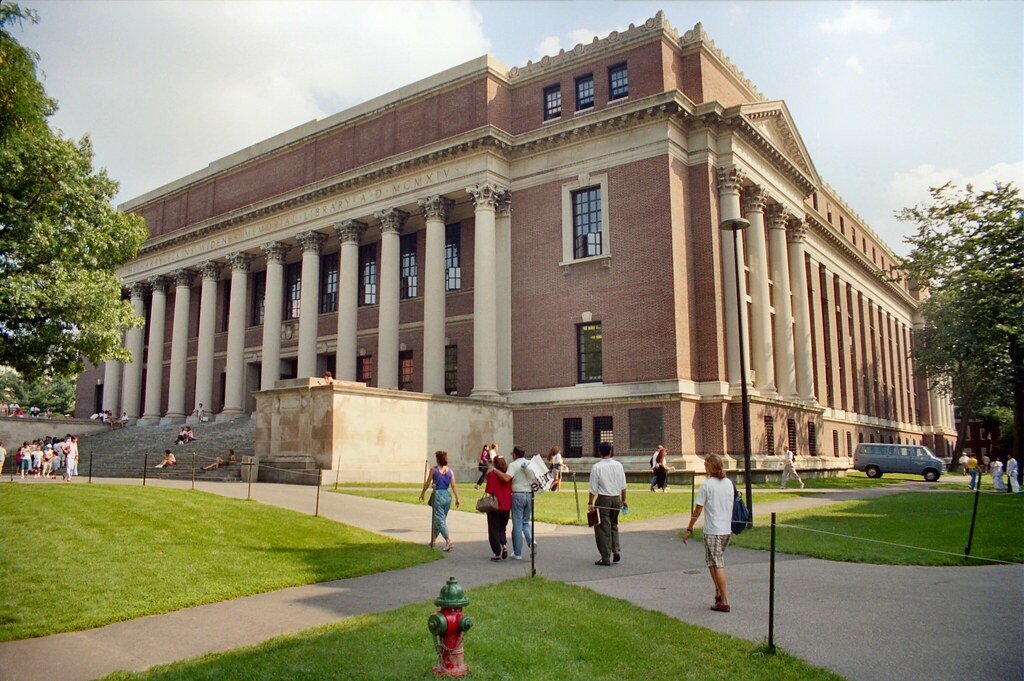Key Takeaways
• Campus antisemitism can make Jewish students feel isolated and unsafe.
• Harassment includes social media attacks and exclusion from groups.
• Small groups often shape the campus climate for all students.
• University and government actions face debate over free speech and fairness.
• Building friendships across differences can reduce campus antisemitism.
Every day, some Jewish students face campus antisemitism in U.S. colleges. This problem dates back well before recent conflicts. Yet, it still affects students’ mental health and sense of belonging. Therefore, understanding the causes and finding solutions matters for everyone.
How Campus Antisemitism Shows Up
Campus antisemitism takes many forms. First, some Jewish students get harassing messages on social media. Others overhear classmates making hurtful jokes. Moreover, some peers refuse to sit next to or work with Jewish students. As a result, many feel alone and unwelcome.
In a recent survey of 2,000 Jewish students, most said their campus felt hostile. Many felt their views or identity made peers avoid them. For example, a student shared, “I felt like an outsider when friends stopped talking to me.” This isolation rose at schools with higher reported hostility.
Furthermore, liberal Jewish students felt most alienated. They often believed other liberals shunned them if they supported Israel. Such reactions left them feeling stuck between political views and personal ties.
Distinguishing Criticism from Hate
Importantly, critics of Israel’s policies are not always antisemitic. Most Jewish students in studies agreed that criticizing a country’s actions does not equal hate. However, denying Israel’s right to exist crossed the line. In contrast, accusing Israel of genocide or calling for its destruction often felt like hostility toward Jews.
Who Drives Campus Antisemitism
Research shows small groups spread antisemitic ideas more than large crowds. About one third of non-Jewish undergraduates and ten percent of faculty held views that many Jewish students found antisemitic. Half in these groups denied Israel’s right to exist. The other half agreed that “Jews in America have too much power.”
In contrast, two thirds of non-Jewish students and ninety percent of faculty did not hold such views. Yet, they still criticized Israel’s government. This finding shows that most people can debate politics without crossing into antisemitism.
Moreover, small but vocal groups tend to set the tone on campus. Their actions and words make others feel it is acceptable to express hateful ideas. Therefore, a few individuals can shape an entire campus climate.
University and Government Actions
Universities have tried different methods to tackle campus antisemitism. For instance, some schools banned student groups linked to protests, expelled protesters, and set up bias-training programs. Meanwhile, a federal task force targeted ten universities, including top schools. It even paused funding for alleged inaction on antisemitism.
However, these moves sparked debates. Critics say banning groups violates free speech and political protest rights. Others argue punishing entire schools hurts students who support fighting antisemitism. Federal judges have sometimes blocked funding cuts, stating such measures may punish fair debate.
In interviews, some Jewish students said heavy-handed actions worsened tensions. They felt special treatment fueled resentment and isolation. Similarly, civil rights investigations and visa revocations for international students stirred more controversy.
Therefore, many believe a balanced approach is best. Universities and governments must protect students without stifling dialogue or harming unrelated research.
Building Bridges to Fight Campus Antisemitism
To truly reduce campus antisemitism, campuses need more connection, not punishment. Jewish students often want real friendships and open conversations. They crave safe places to share feelings and learn from each other.
First, student groups can host dialogues that bring together diverse viewpoints. These events let students talk about politics and identity with respect. Second, peer mentoring programs can pair students of different backgrounds. This way, individuals build personal bonds beyond labels.
Moreover, faculty can integrate lessons on bias awareness into their courses. Even in science or business classes, short discussions on discrimination help. They remind students to treat peers kindly, regardless of background.
Finally, campus leaders should highlight stories of unity. Sharing examples of students who teamed up across divides shows what’s possible. These stories inspire others to reach out and break down walls.
By focusing on human connections, universities can weaken the influence of small hostile groups. Over time, this approach can make campuses safer and more welcoming for all.
Frequently Asked Questions
What makes campus antisemitism different from regular debate?
Campus antisemitism crosses from political disagreement into personal hate. Denying Israel’s right to exist, using slurs, or excluding Jewish students shows hostility beyond policy critique.
How common is campus antisemitism at U.S. universities?
While most students and faculty hold fair views, small groups with extreme opinions can still create a hostile climate. Surveys find about one third of non-Jewish students and ten percent of faculty hold antisemitic ideas.
What should universities do to address campus antisemitism?
Campuses can host honest dialogues, offer bias-awareness training, and build mentoring programs. These steps help students learn from each other and reduce isolation.
How can students help reduce campus antisemitism?
Students can speak up when they see exclusion or hate. They can join or start groups that welcome diverse opinions. By building friendships across differences, they weaken hateful group influence.

